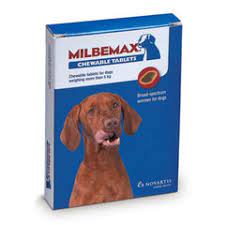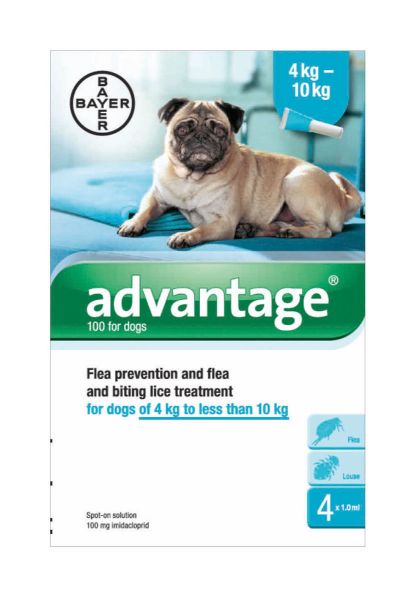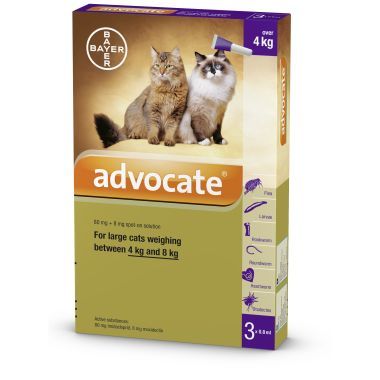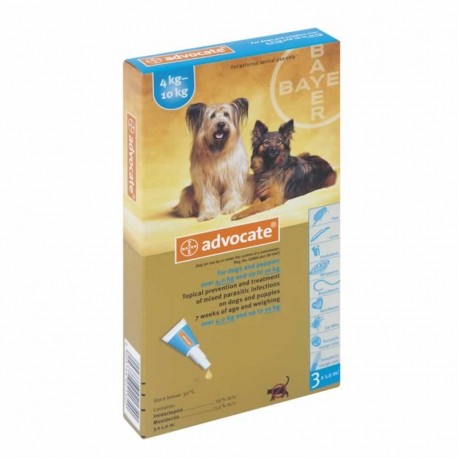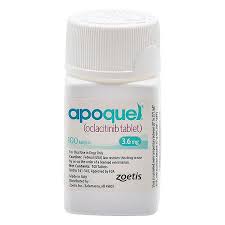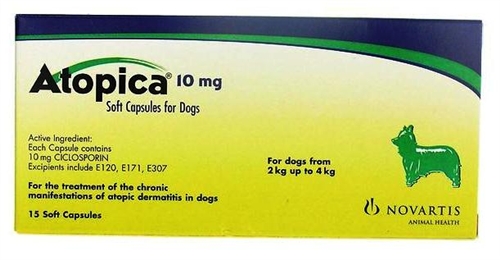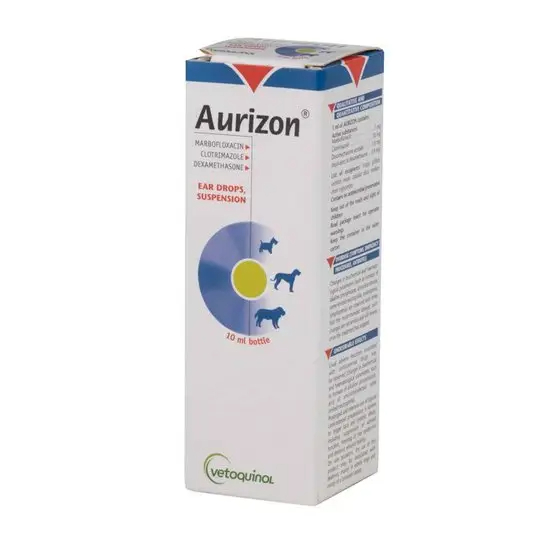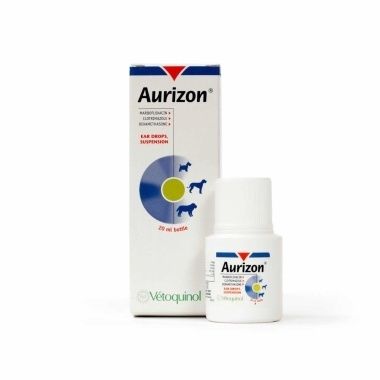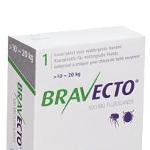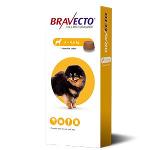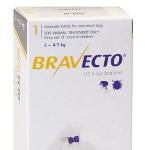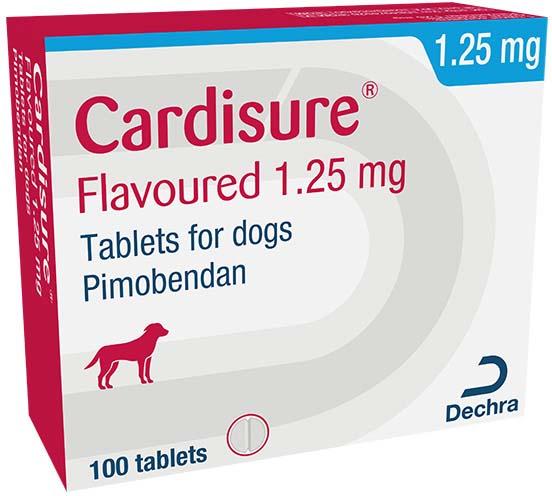Milbemax chewable tablets for dogs and puppies Species: Dogs Therapeutic indication: Pharmaceuticals: Endoparasiticides: Anthelmintics for dogs Active ingredient: Milbemycin Oxime, Praziquantel Product:Milbemax chewable tablets for dogs Milbemax chewable tablets for small dogs and puppies Product index: Milbemax chewable tablets for dogs and puppies Qualitative and quantitative composition One chewable tablet for dogs contains: Active substances: Milbemycin oxime 12.5 mg Praziquantel 125.0 mg Excipients: Propylene glycol (E 1520) 4.54 mg Iron oxide, brown (E 172) 3.29 mg Butylhydroxyanisole (E 320) 1.32 mg Propyl gallate (E 310) 0.46 mg One chewable tablet for small dogs and puppies contains: Active substances: Milbemycin oxime 2.5 mg Praziquantel 25.0 mg Excipients: Propylene glycol (E 1520) 0.91 mg Iron oxide, brown (E 172) 0.66 mg Butylhydroxyanisole (E 320) 0.26 mg Propyl gallate (E 310) 0.09 mg For the full list of excipients, see Pharmaceutical Particulars. Pharmaceutical form Chewable tablet Oval shaped, dark brown. Clinical particulars Target species Dogs Indications for use, specifying the target species In dogs: treatment of mixed infections by adult cestodes and nematodes of the following species susceptible to praziquantel and milbemycin oxime: - Cestodes: Dipylidium caninum Taenia spp. Echinococcus spp. Mesocestoides spp. - Nematodes: Ancylostoma caninum Toxocara canis Toxascaris leonina Trichuris vulpis Crenosoma vulpis Angiostrongylus vasorum (Reduction of the level of infection by immature adult (L5) and adult parasite stages) (see specific treatment and prevention disease schedules under “Amounts to be administered and administration route”) Thelazia callipaeda (see specific treatment schedule under “Amounts to be administered and administration route”) The product can also be used in the prevention of heartworm disease (Dirofilaria immitis) if concomitant treatment against cestodes is indicated. Contraindications Milbemax chewable tablets for small dogs and puppies: Do not use in dogs weighing less than 1 kg. Milbemax chewable tablets for dogs: Do not use in dogs weighing less than 5 kg. Do not use in cases of hypersensitivity to the active substances or to any of excipients. See also "Special precautions for use". Special warnings for each target species It is recommended to treat all the animals living in the same household concomitantly. When infection with the cestode D. caninum has been confirmed, concomitant treatment against intermediate hosts, such as fleas and lice, should be discussed with a veterinarian to prevent re-infection. The use of the product should follow the implementation of appropriate diagnostic measures towards mixed infections by nematodes and cestodes with consideration of animal history and characteristics (e.g. age, health status), environment (e.g. kennelled dogs, hunting dogs), feeding (e.g. access to raw meat), geographical location and travel. Judgement of the administration of the product in dogs at risk from mixed re-infections or in specific at risk situations (such as zoonotic risks), should be made by the veterinarian responsible. Special precautions for use Special precautions for use in animals Studies with milbemycin oxime indicate that the margin of safety in certain dogs of Collie or related breeds is less than in other breeds. In these dogs, the recommended dose should be strictly observed. The tolerance of the product in young puppies from these breeds has not been investigated. Clinical signs in Collies are similar to those seen in the general dog population when overdosed (see “Overdose” section). Treatment of dogs with a high number of circulating microfilariae can sometimes lead to the appearance of hypersensitivity reactions, such as pale mucous membranes, vomiting, trembling, laboured breathing or excessive salivation. These reactions are associated with the release of proteins from dead or dying microfilariae and are not a direct toxic effect of the product. The use in dogs suffering from microfilaremia is thus not recommended. In heartworm risk-areas, or in the case it is known that a dog has been travelling to and from heartworm risk regions, before using the product, a veterinary consultation is advised to exclude the presence of any concurrent infestation of Dirofilaria immitis. In the case of a positive diagnosis, adulticidal therapy is indicated before administering the product. No studies have been performed with severely debilitated dogs or individuals with seriously compromised kidney or liver function. The product is not recommended for such animals or only according to a benefit/risk assessment by the responsible veterinarian. In dogs less than 4 weeks old, tape worm infection is unusual. Treatment of animals less than 4 weeks old with a combination product may therefore not be necessary. Parasite resistance to any particular class of anthelmintic may develop following frequent, repeated use of an anthelmintic of that class. Special precautions to be taken by the person administering the veterinary medicinal product to animals Wash hands after use. People with known hypersensitivity to any of the ingredients should avoid contact with the veterinary medicinal product. In case of accidental ingestion of the tablets, particularly by a child, seek medical advice immediately and show the package leaflet or the label to the physician. Echinococcosis represents a hazard for humans. In case of Echinococcosis, specific guidelines on the treatment and follow up and on the safeguard of persons have to be followed. Experts or institutes of parasitology should be consulted. Adverse reactions (frequency and seriousness) In very rare occasions, hypersensitivity reactions, systemic signs (such as lethargy), neurological signs (such as muscle tremors, ataxia and convulsions) and/or gastrointestinal signs (such as emesis, drooling, diarrhoea and anorexia) have been observed in dogs after administration of the veterinary medicinal product. The frequency of adverse reactions is defined using the following convention: - very common (more than 1 in 10 animals treated displaying adverse reaction(s)) - common (more than 1 but less than 10 animals in 100 animals treated) - uncommon (more than 1 but less than 10 animals in 1,000 animals treated) - rare (more than 1 but less than 10 animals in 10,000 animals treated) - very rare (less than 1 animal in 10,000 animals treated, including isolated reports). Use during pregnancy, lactation or lay The safety of the veterinary medicinal product has been established during pregnancy and lactation. Can be used in pregnant and lactating bitches. Can be used in breeding animals. Interaction with other medicinal products and other forms of interaction No interactions were observed when the recommended dose of the macrocyclic lactone selamectin was administered during treatment with the product at the recommended dose. Although not recommended, the concomitant use of the product with a spot on containing moxidectin and imidacloprid at recommended dose rates following a single application was well tolerated in one experimental study by beagle dogs at the age 11 months or older. Transient neurological adverse reactions (poor proprioception, flaccid frontal and hind legs, incoordination, slight tremors and high stepping gait of the hind limbs only) were observed after concurrent administration of both products in another study conducted in puppies aged 8-12 weeks. Such signs were however not observed in this study after giving MILBEMAX alone. The safety and efficacy of this combination have not been investigated in field studies. In the absence of further studies, caution should be taken in the case of concurrent use of MILBEMAX and any other macrocyclic lactone. Also, no such studies have been performed with reproducing animals, Collies, related breeds and their crosses. Amounts to be administered and administration route Minimum recommended dose rate: 0.5 mg of milbemycin oxime and 5 mg of praziquantel per kg are given once orally. The product should be administered with or after some food. Depending on the bodyweight of the dog or puppy, the practical dosing is as follows: Milbemax chewable tablets for small dogs and puppies: Weight Number of tablets 1 - 5 kg 1 tablet Milbemax chewable tablets for dogs: Weight Number of Tablets 5 – 25 kg 1 tablet >25 - 50 kg 2 tablets >50 - 75 kg 3 tablets To ensure a correct dosage, body weight should be determined as accurately as possible to avoid under dosing. In cases when heartworm disease prevention is used and at the same time treatment against tapeworm is required, the product can replace the monovalent product for the prevention of heartworm disease. For treatment of Angiostrongylus vasorum infections, milbemycin oxime should be given four times at weekly intervals. It is recommended, where concomitant treatment against cestodes is indicated, to treat once with the product and continue with the monovalent product containing milbemycin oxime alone, for the remaining three weekly treatments. In endemic areas administration of the product every four weeks will prevent angiostrongylosis by reducing immature adult (L5) and adult parasite burden, where concomitant treatment against cestodes is indicated. For the treatment of Thelazia callipaeda, milbemycyin oxime should be given in 2 treatments, seven days apart. Where concomitant treatment against cestodes is indicated, the product can replace the monovalent product containing milbemycin oxime alone. Overdose (symptoms, emergency procedures, antidotes), if necessary The adverse reactions observed are the same as those observed at the recommended dose (see “Adverse reactions (frequency and seriousness)”) but more pronounced. Withdrawal period(s) Not applicable. Pharmacological particulars Pharmacotherapeutic group: Endectocides ATC vet Code : QP54A B51 (milbemycin oxime, combinations) Pharmacodynamic properties Milbemycin oxime belongs to the group of macrocyclic lactones, isolated from the fermentation of Streptomyces hygroscopicus var. aureolacrimosus. It is active against mites, against larval and adult stages of nematodes as well as against larvae of Dirofilaria immitis. The activity of milbemycin is related to its action on invertebrate neurotransmission: Milbemycin oxime, like avermectins and other milbemycins, increases nematode and insect membrane permeability to chloride ions via glutamate-gated chloride ion channels (related to vertebrate GABAA and glycine receptors). This leads to hyperpolarisation of the neuromuscular membrane and flaccid paralysis and death of the parasite. Praziquantel is an acylated pyrazino-isoquinoline derivative. Praziquantel is active against cestodes and trematodes. It modifies the permeability for calcium (influx of Ca2+) in the membranes of the parasite inducing an imbalance in the membrane structures, leading to membrane depolarisation and almost instantaneous contraction of the musculature (tetany), rapid vacuolization of the syncytial tegument and subsequent tegumental disintegration (blebbing), resulting in easier expulsion from the gastrointestinal tract or death of the parasite. Pharmacokinetic particulars After oral administration of praziquantel in the dog, peak serum levels of parent are rapidly attained (Tmax approximately 0.5-4 hours) and decline quickly (t1/2 approximately 1.5 hours). There is a substantial hepatic first-pass effect, with very rapid and almost complete hepatic biotransformation, principally to monohydroxylated (also some di- and tri-hydroxylated) derivatives, which are mostly glucuronide and/or sulfate conjugated before excretion. Plasma binding is about 80%. Excretion is fast and complete (about 90% in 2 days); the principal route of elimination is renal. After oral administration of milbemycin oxime in dogs, peak plasma levels occur at about 2-4 hours, and decline with a half-life of the unmetabolised milbemycin oxime of 1-4 days. Bioavailability is about 80%. In the rat, metabolism appears to be complete although slow, since unchanged milbemycin oxime has not been found in urine or faeces. Main metabolites in the rat are monohydroxylated derivatives, attributable to hepatic biotransformation. In addition to relatively high liver concentrations, there is some concentration in fat, reflecting its lipophilicity. Pharmaceutical particulars List of excipients Glycerol (E422) Propylene glycol (E 1520) Iron oxide, brown (E 172) Butylhydroxyanisole (E 320) Propyl gallate (E 310) Starch, pregelatinised Natural chicken flavour Confectioner’s sugar NF Water, purified Sodium chloride Citric acid monohydrate Major incompatibilities Not applicable. Shelf life Shelf-life of the veterinary medicinal product as packaged for sale: 2 years. Special precautions for storage Do not store above 25 °C. Nature and composition of immediate packaging Aluminum/aluminum blister (OPA/Al/PVC/Al/Heat-Seal coating) or aluminum strip (polyester/Al/PE) Available pack sizes: 1 box with 1 blister of 2 chewable tablets 1 box with 1 blister of 4 chewable tablets 1 box with 12 blisters, each blister contains 4 chewable tablets 1 box with 24 blisters, each blister contains 4 chewable tablets 1 box with 1 strip of 2 chewable tablets 1 box with 1 strip of 4 chewable tablets 1 box with 12 strips, each strip contains 4 chewable tablets Not all pack sizes may be marketed. Special precautions for the disposal of unused veterinary medicinal product or waste materials derived from the use of such products Any unused veterinary medicinal product or waste materials derived from such veterinary medicinal product should be disposed of in accordance with local requirements. Milbemax should not enter water courses as this may be dangerous for fish and other aquatic organisms.

